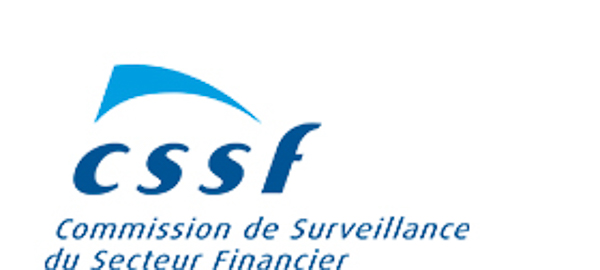
Collective investment bodies in Luxembourg, including UCIs subject to the 2010 Law, specialised investment funds and SICARs, held net assets amounting to €3,906.027 billion at the end of March 2017, compared to €3,860,317 billion on February 28, 2017, an increase of €45.710 billion or 1.18% over one month, according to the latest report from Luxembourg’s financial sector watchdog, the CSSF. Considered over the last twelve months, the volume of net assets is up 13.78%.
This increase represents the balance of positive net issuance up to €31.804 billion (0.82%) and favourable movements in financial markets up to €13.906 billion (0.36%).
The number of undertakings for collective investment (UCIs) taken into account is 4.139 compared to 4,130 the previous month. 2,650 entities have adopted a multiple compartment structure representing 13,097 sub-funds. By adding the 1,489 entities with a conventional structure, a total of 14,586 units are active in the financial centre.
The report says that diverging developments impacted the course of the month under review.
In developed countries, European equity funds showed strong price gains in a context of continued economic recovery in the euro area, a reduction of political risks in Europe and the maintenance of the accommodative monetary policy by The European Central Bank. If US equities experienced a lateral shift in relation to the uncertainties surrounding the expansionary fiscal measures announced by the US President, the depreciation of the USD against the EUR closed the category of UCI To US equities in negative territory. Faced with mixed economic indicators in Japan and a depreciation of the YEN against the EUR, the class of Japanese equity funds experienced price losses.
In emerging countries, equity mutual funds in Asia ended with price gains on the back of, in particular, an improvement in the global economic environment. A major negative development of stock exchanges in the Eastern European countries was more than offset by the appreciation of the region's main currencies against the euro, so that the category of East European shares has appreciated. Faced with the very divergent developments in stock exchanges and currencies of the various South American countries, the category of Latin American equity funds closed with a slight increase.
In March, equity fund categories overall posted a slightly positive net capital investment.
In Europe, the favourable economic environment and the reduction of political risks have led to a slight increase in yields on government bonds, while yield spreads between the euro area countries have at the same time been reduced. Corporate bond yields followed this trend so that the Euro-denominated bond fund category suffered price declines.
In the United States, the rise in key rates by the US central bank and the positive economic data were offset by the uncertainty surrounding the implementation of the stimulus measures envisaged by the President of the United States so that, in short, Market in USD denominated bonds has changed little. The depreciation of the USD against the EUR resulted in the US dollar-denominated category of UCIs being in a loss situation.
Strong investor demand for emerging market bonds, offset by higher bond issuance and lower oil prices, resulted in a near-standstill in the level of bond emerging countries.
During the month of March, fixed-income fund categories overall posted a positive net capital investment.








